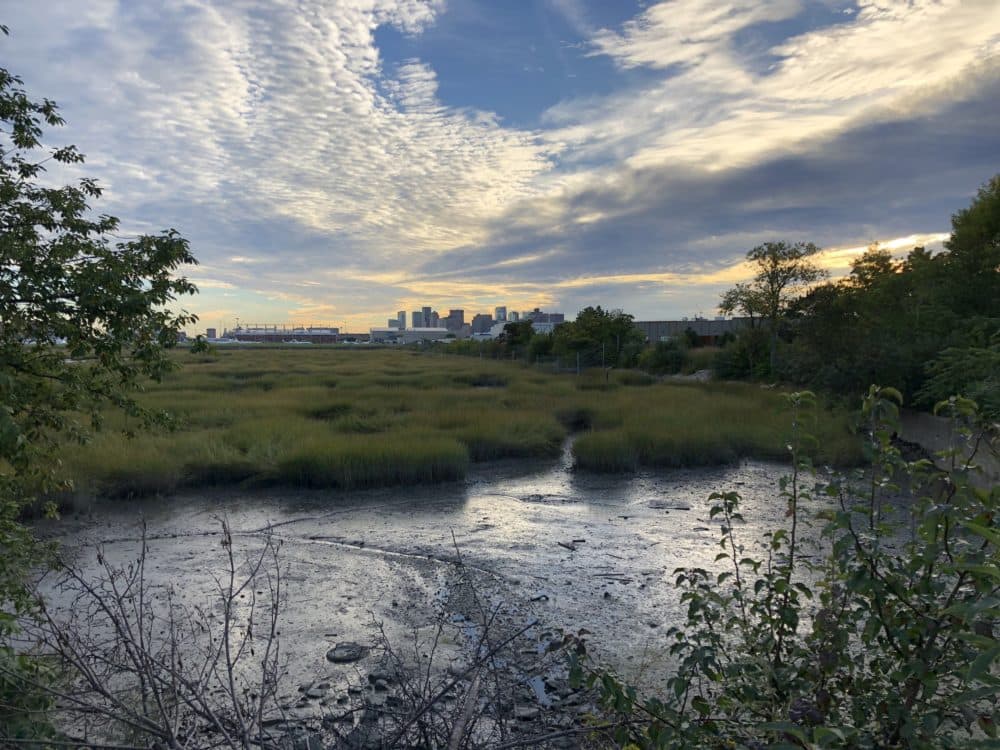Advertisement
Survey: Residents around Belle Isle marsh worry about flooding made worse by rising seas

Residents living near the Belle Isle salt marsh in Boston Harbor say they are concerned about flooding and its impact on their homes, according to a new survey from Northeastern University and The Nature Conservancy.
The survey, conducted as part of a project to protect the marsh and nearby communities from the effects of climate change, focused on residents of Revere, East Boston and Winthrop.
The survey included many people who are often left out of discussions about the impacts of climate change. More than half of respondents were Hispanic or Latino, most rent their homes, and many live in low income, multi-generational households.
“Most people felt that their families would be unable to cope with major flooding without government intervention," said Jahson Alemu, a researcher who spearheaded the survey.
Belle Isle is the largest remaining salt marsh in Boston Harbor and is home to various bird, mammal, crab and fish species.
In recent years, the marsh and the communities around it have experienced increased flooding during high tides and major storms which researchers expect to happen more frequently with climate change. Environmental advocates are working to strengthen the marsh, so that it can better withstand rising seas and storms, and serve as a buffer against flooding.
Alemu worked with the conservation nonprofits Mystic River Watershed Association, Friends of Belle Isle Marsh and other nonprofits to craft the questionnaire and bring it to residents.
Out of 175 people surveyed, 60% said they have experienced flooding from floods or tides, either in East Boston, Revere or Winthrop, or somewhere else.
Alemu says a large majority of those surveyed reported feeling a strong connection with the marsh, but are unaware it can help protect against flooding.
Most of those surveyed — 91% — said they consider the natural spaces in their community very important. Many said they use those spaces to bond with family and friends, exercise and enjoy nature, and 59% said they have visited the Belle Isle marsh.
Most interviewees were women who have been living in the area for over 15 years and want to continue living in the area.
The next steps in the effort to help the area adapt to climate change will be to discuss a broad range of strategies to avoid flooding. There is disagreement on how to proceed, but some of the strategies could include building raised banks that can be covered by native vegetation, or creating levees that slope gently downwards, mimicking the original slope of the land toward the marsh.
“There's a number of flood pathways that enter through the marsh," said Catherine Pedemonti, ecological resilience manager at the Mystic River Watershed Association. "How do we begin to look at ways to protect the community while also preserving the marsh?”
